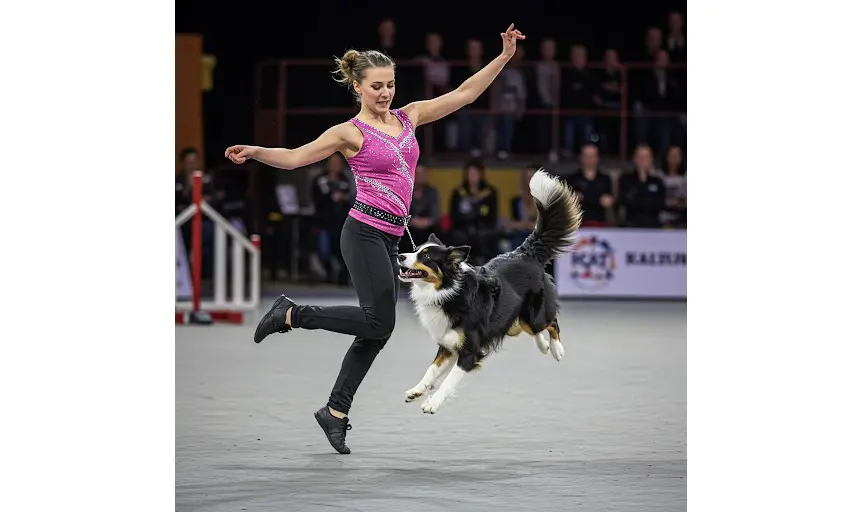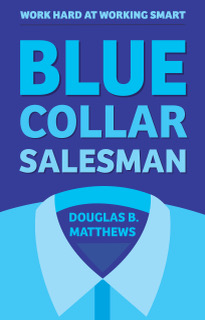The World of Canine Freestyle: A Unique Bond Between Humans and Dogs

Introduction
Canine Freestyle is a captivating sport that highlights the extraordinary bond between humans and their dogs. This artful activity combines elements of obedience training, creative choreography, and musical expression. Teams of handlers and their dogs perform intricate routines set to music, showcasing their teamwork and artistry. Over the years, Canine Freestyle has grown from a niche activity into a beloved global sport. Its unique blend of athleticism and creativity has made it a favorite among dog enthusiasts worldwide.
Origins and History of Canine Freestyle
The origins date back to the late 1980s. The sport began as an innovative way to enhance traditional obedience training. Enthusiasts in Canada, the United States, and England independently developed the concept. They aimed to make dog training more engaging and entertaining.
In 1991, the first official Canine Freestyle organization, the Canine Freestyle Federation, was established in the United States. Around the same time, similar groups emerged in the United Kingdom, such as the Canine Freestyle Guild. These organizations formalized the sport by creating rules, scoring systems, and competition formats. The early pioneers—including handlers like Patie Ventre and Carolyn Scott—were instrumental in shaping the sport’s identity. Their performances brought it to the public eye, laying the foundation for its global popularity.
Global Popularity and Regional Trends
Canine Freestyle has gained a devoted following across continents. In North America, it thrives due to well-established organizations like the Musical Dog Sport Association (MDSA). These groups host regular competitions and workshops. Canada and the United States serve as hubs for both amateur and professional enthusiasts.
In Europe, the sport enjoys widespread appeal, particularly in countries like Germany, Sweden, and the United Kingdom. European freestyle routines often emphasize precision and storytelling. Japan and Australia have also embraced it, showcasing routines that blend cultural influences with innovative choreography.
The sport’s global appeal stems from its inclusivity. Any dog breed or size can participate. This openness allows diverse communities to embrace Canine Freestyle, fostering a sense of unity and shared passion.
Amateur Participation: Youth and Schools
Amateur Canine Freestyle offers a welcoming space for newcomers. Many enthusiasts start by training in local clubs or attending community workshops. These settings provide hands-on experience in choreographing routines and refining obedience skills.
Youth programs play a crucial role in expanding the sport’s reach. Schools and youth organizations often incorporate Canine Freestyle into extracurricular activities. These programs teach responsibility, teamwork, and creative problem-solving. Young handlers gain confidence by performing in front of audiences, whether at school events or local exhibitions.
In some countries, such as Japan and Sweden, it is integrated into school curricula. Teachers use the sport as a tool for teaching empathy and discipline. This approach ensures that future generations will continue to appreciate the art and athleticism of the sport.
Professional Leagues and Competitions
Professional Canine Freestyle leagues have elevated the sport to new heights. Organizations like the Canine Freestyle Federation and the Musical Dog Sport Association host high-level competitions. These events attract skilled teams from around the world.
International championships, such as the World Canine Freestyle Organization (WCFO) competitions, draw large audiences. Teams are judged on criteria like synchronization, creativity, and difficulty. The best routines captivate audiences with their seamless blend of artistry and athleticism.
Several regions have developed unique professional leagues. In Europe, countries like Germany and Finland host annual national championships. These events are highly anticipated and receive media coverage. In Japan, televised freestyle competitions have brought the sport to mainstream audiences, inspiring more participants to join.
Social and Political Significance
Canine Freestyle holds significant social value. It strengthens the bond between handlers and their dogs, promoting responsible pet ownership. The sport also fosters community connections. Local clubs and events create spaces for people to share their passion and learn from one another.
Politically, it has contributed to broader discussions about animal welfare. Advocacy groups use the sport as a platform to promote ethical training methods and humane treatment of animals. By showcasing positive reinforcement techniques, freestyle handlers demonstrate that training can be both effective and compassionate.
The sport also serves as a bridge between cultures. International competitions bring together participants from diverse backgrounds, fostering mutual respect and understanding. This global exchange has made Canine Freestyle a symbol of unity and collaboration.
Rules and Guidelines of Canine Freestyle
It is governed by a set of rules designed to ensure fairness and creativity. Teams perform routines lasting between two and four minutes. The performance must showcase the dog’s obedience skills, coordination, and ability to follow complex cues.
Judges evaluate routines based on several factors:
- Artistic Impression: Creativity, musical interpretation, and overall presentation are key elements.
- Technical Execution: Precision in movements and the difficulty of tricks are heavily weighted.
- Teamwork: The harmony between handler and dog is critical. Commands should appear seamless and natural.
Handlers can use costumes and props to enhance their performances. However, these elements should not overshadow the dog’s role. The primary focus must remain on the partnership and skill displayed by the team.
Freestyle routines are divided into two categories:
- Heelwork to Music (HTM): This style emphasizes precise heelwork positions.
- Freestyle: This category allows for more creative freedom, incorporating jumps, spins, and other tricks.
Rules vary slightly between organizations. However, the core principles of respect for the dog and the celebration of creativity remain consistent.
The Joy of Canine Freestyle
At its heart, Canine Freestyle is about celebrating the unique connection between humans and dogs. The sport’s combination of discipline, creativity, and joy makes it accessible to people of all ages and backgrounds. Whether performed in a school gymnasium or on an international stage, it continues to inspire and unite dog lovers around the world.
The future of Canine Freestyle looks bright. As the sport grows, it will undoubtedly continue to enrich the lives of those who participate. For anyone seeking a fun and fulfilling way to bond with their dog, it offers an unforgettable experience.





